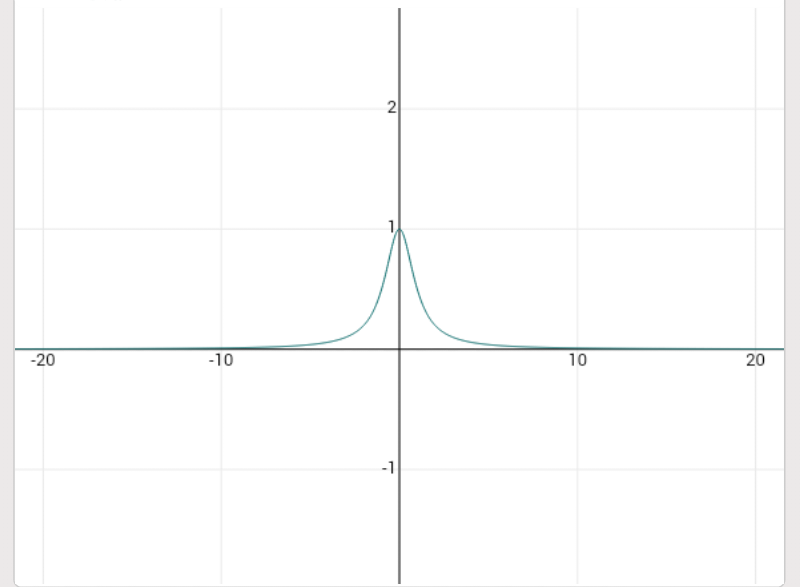Try using complex numbers
∫ 1 + x 2 1 d x = ?
Ignore the arbitrary constant of integration .
This section requires Javascript.
You are seeing this because something didn't load right. We suggest you, (a) try
refreshing the page, (b) enabling javascript if it is disabled on your browser and,
finally, (c)
loading the
non-javascript version of this page
. We're sorry about the hassle.
3 solutions
Same approach here :D
Yeah! ⌣ ¨
changing x to z and factoring to get 1 + z 2 = ( z + i ) ( z − i ) using partial fractions we have ( z + i ) ( z − i ) 1 = z + i A + z − i B = z 2 + 1 A ( z + i ) + B ( z − i )
if we let z = i we'll get A = 2 i and B = 2 − i we now have ∫ 1 + x 2 1 d x = 2 i ∫ ( z + i 1 − z − i 1 ) d z this reduces to
2 i ( l n ( z − i z + i ) ) = 2 i ( l n ( ∣ ∣ z − i z + i ∣ ∣ ) + i a r g ( z − i z + i ) ,where arg denotes the argument
if we let z be a real number equal to x we have ∣ x + i ∣ = ∣ x − i ∣ so l n ( x − i x + i ) = 0 this will also make the argument of x − i x + i equal to 2 θ
simplifying we get ∫ 1 + x 2 1 d x = − θ + C
the trick here is to let C = a + 2 π
if we let x be a side on a right triangle with height 1 and an angle θ ,we'll have 2 π − θ = arctan ( x )
so
∫ 1 + x 2 1 d x = a r c t a n ( θ ) + a
my solution doesn't include euler's formula in it, but i'm almost certainly sure there exists a solution which uses it
kudos to the one who'll publish it :)
... U-sub x = tan ( θ )
 From this graph, we find that the answer is arctan (x) + C (where C is the arbitrary constant of integration)
From this graph, we find that the answer is arctan (x) + C (where C is the arbitrary constant of integration)
As, it is mentioned that it has to be ignored the final answer is
a
r
c
t
a
n
(
x
)
.
□
∫ 1 + x 2 1 d x = ∫ 1 + tan 2 θ sec 2 θ d θ Let x = tan θ ⇒ d x = s e c 2 θ d θ = ∫ sec 2 θ sec 2 θ d θ = ∫ d θ = θ + C = arctan x + C